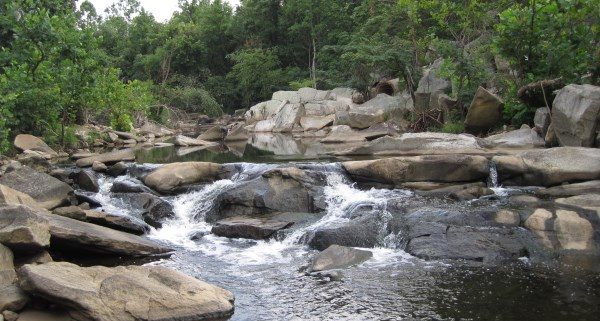Volunteers Needed – Fairfax County Watershed Cleanups, Apr. 27th
Photo (c) by Barbara J. Saffir
Due to the weather and flooding this past Saturday, cleanups at four parks have been rescheduled to this coming Saturday, April 27. Over 100 volunteers are needed to finish up this year’s Fairfax County Watershed Cleanups with The Nature Conservancy and Fairfax County Park Authority.
If you can help at any of these parks, please let Maggie Hankerd know and she’ll send complete confirmation details.
April 27th from 9-11:30 a.m.
• Arrowbrook Park, Herndon
◦ 35 volunteers needed
◦ Meet at 13391 Sunrise Valley Drive, Herndon, VA
• Dulles Rock Hill Park, Herndon
◦ 35 volunteers needed
◦ Meet in the parking lot located at 2343 Dulles Station Blvd, Herndon, VA
• Merrybrook Run Stream Valley Park, Herndon
◦ 30 volunteers needed
◦ Meet at the trail entrance directly across from Lutie Lewis Coates Elementary School, 2480 River Birch Rd, Herndon, VA 20171
April 27th from 8-11 a.m.
• Royal Lake Park, Fairfax
◦ 6 volunteers needed
◦ Meet at Royal Lake Park near the Tennis Courts or meet at the Picnic Tables at Lakeside Park a little before 8 a.m. in order to sign-in, get trash bags, and receive further instructions. It is important to arrive on time so you don’t get left behind. Royal Lake Park is located at 5344 Gainsborough Dr., Fairfax, VA 22032.












